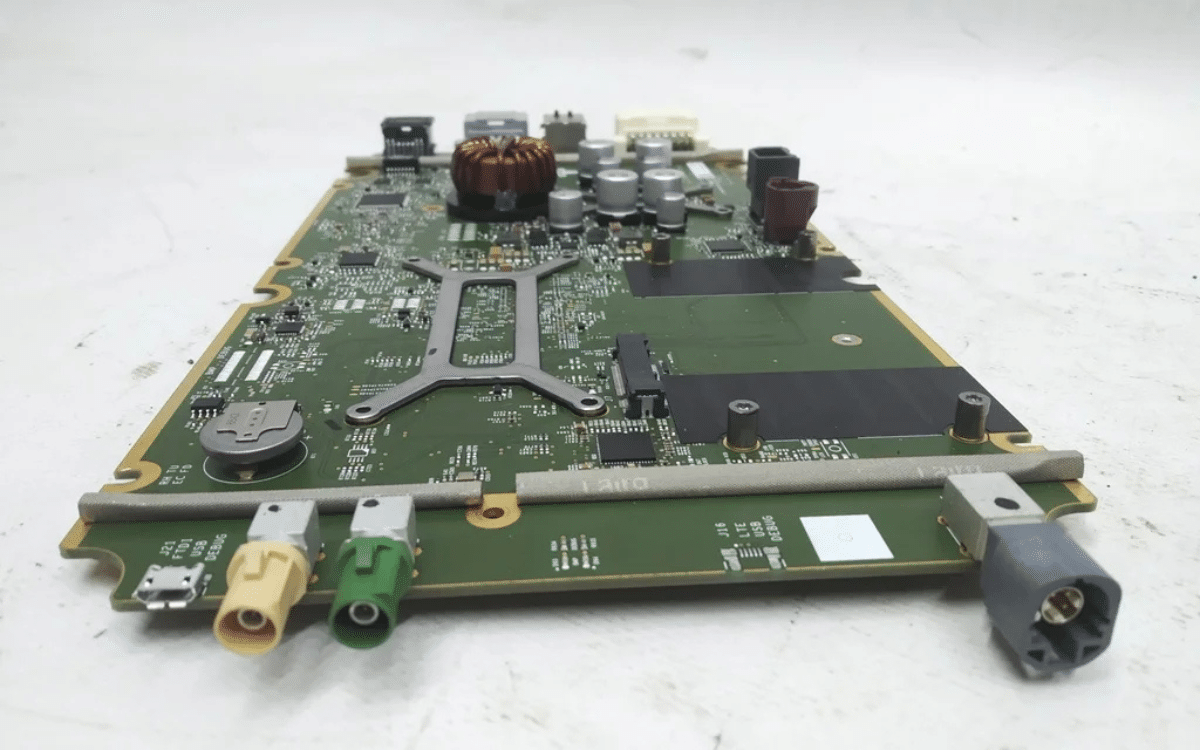Ripple to be the first Blockchain-Native Bank Could Mean different for XRP and XRPL- Analysts
The post Ripple to be the first Blockchain-Native Bank Could Mean different for XRP and XRPL- Analysts appeared on BitcoinEthereumNews.com. Ripple moves to become a full-service bank, cutting out intermediaries and eyeing direct Fed access. If granted the charter, XRP may shift from speculative asset to core infrastructure in banking. Ripple is moving closer to a major shift in status by seeking a national bank charter from the U.S. Office of the Comptroller of the Currency. Its intention to operate with full banking privileges could set the company apart from others in the crypto sector. The development is seen by some as a potential boost for XRP and its role in traditional finance. Alongside the charter filing, Ripple’s subsidiary, Standard Custody, has applied for a Federal Reserve master account. If approved, this account would allow Ripple to hold RLUSD reserves directly with the central bank. Market analysts view this as a major development that cuts out third-party risks and opens the door to increased trust from institutional clients. According to “XRP Investing,” a known market commentator, “This isn’t just big—it could rewrite XRP’s destiny.” He also mentioned that the issuance of the national bank charter will allow Ripple to rival market leaders such as JPMorgan in terms of regulatory legitimacy. RLUSD Could Disrupt Stablecoin Market With Federal Support RLUSD, Ripple’s stablecoin, is currently backed by U.S. Treasuries and aims to be fully regulated under both the OCC and New York Department of Financial Services. If those efforts are approved, it could also become eligible for FDIC insurance, which would set it apart from most other stablecoins currently in circulation. RLUSD has a market cap of roughly $470 million. That puts it well below USDC, which sits at $62 billion, and USDT, which leads with $158 billion. But the analyst suggested that clearer regulation and direct Fed-level support could narrow this gap quickly. He also pointed out that unlike USDT and USDC, RLUSD would benefit from direct reserve storage…

The post Ripple to be the first Blockchain-Native Bank Could Mean different for XRP and XRPL- Analysts appeared on BitcoinEthereumNews.com.
Ripple moves to become a full-service bank, cutting out intermediaries and eyeing direct Fed access. If granted the charter, XRP may shift from speculative asset to core infrastructure in banking. Ripple is moving closer to a major shift in status by seeking a national bank charter from the U.S. Office of the Comptroller of the Currency. Its intention to operate with full banking privileges could set the company apart from others in the crypto sector. The development is seen by some as a potential boost for XRP and its role in traditional finance. Alongside the charter filing, Ripple’s subsidiary, Standard Custody, has applied for a Federal Reserve master account. If approved, this account would allow Ripple to hold RLUSD reserves directly with the central bank. Market analysts view this as a major development that cuts out third-party risks and opens the door to increased trust from institutional clients. According to “XRP Investing,” a known market commentator, “This isn’t just big—it could rewrite XRP’s destiny.” He also mentioned that the issuance of the national bank charter will allow Ripple to rival market leaders such as JPMorgan in terms of regulatory legitimacy. RLUSD Could Disrupt Stablecoin Market With Federal Support RLUSD, Ripple’s stablecoin, is currently backed by U.S. Treasuries and aims to be fully regulated under both the OCC and New York Department of Financial Services. If those efforts are approved, it could also become eligible for FDIC insurance, which would set it apart from most other stablecoins currently in circulation. RLUSD has a market cap of roughly $470 million. That puts it well below USDC, which sits at $62 billion, and USDT, which leads with $158 billion. But the analyst suggested that clearer regulation and direct Fed-level support could narrow this gap quickly. He also pointed out that unlike USDT and USDC, RLUSD would benefit from direct reserve storage…
What's Your Reaction?







































